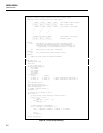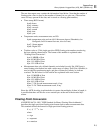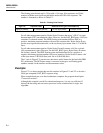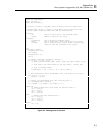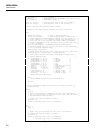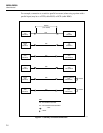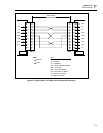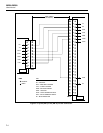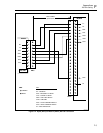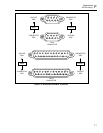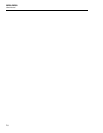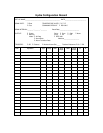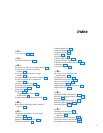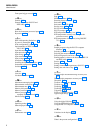1
Index
—2—
2-wire accuracy, A-6, A-9
—4—
4-terminal resistance test, 6-10
—A—
AC signal cross talk in a dc voltage channel, D-1
AC signal cross talk into a frequency
channel, D-2
AC signal cross talk into an ac voltage
channel, D-2
AC signal cross talk into an ohms channel, D-2
AC signal crosstalk into a temperature
channel, D-3
Accuracy verification test, 6-7
Advanced trigger mechanisms, 5-3
Alarm indications, 3-10
Alarm limits, 3-9
Autoprint, 3-25
computer interface control, 4-5
output format, 4-5
Autoprint and memory storage (RS-232), 4-5
—B—
Both external and monitor alarms disabled
(type 0), 5-4
—C—
Cabling the instrument to a host or printer
(RS-232), 4-7
Calibration, 3-27, 6-21
Changing the temperature unit, 3-16
Channel configuration, 3-4
Channel integrity test, 6-7
Character deletion, 4-8
Character echoing, 4-8
Cleaning, 6-3
Clearing memory, 4-7
Common mode rejection, A-8
Computer interface trigger control, 5-3
Computer interface-initiated lockouts, 3-27
Connections, 3-22
Cross-talk rejection, A-6
—D—
DC volts, ac volts, frequency, and
thermocouples, 3-18
Decoding the ascii string, E-1
Dedicated alarm output test, 6-19
Device clear using ctrl c, 4-8
Digital input test, 6-16
Digital input/output verification tests, 6-15
Digital output test, 6-16
—E—
Enabling the IEEE-488 interface, 4-12
Entering and changing numeric values, 3-14
Example, E-4
External trigger enabled (type 1), 5-4
External trigger input test, 6-21
External triggering, 3-16
—F—
Floating point conversion, E-3
Front panel and computer interface
operations, 4-3
Front panel lock out conditions, 3-26
Front panel monitor only function, 3-26
Front panel review only function, 3-26



